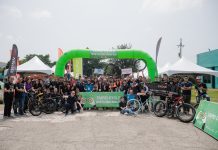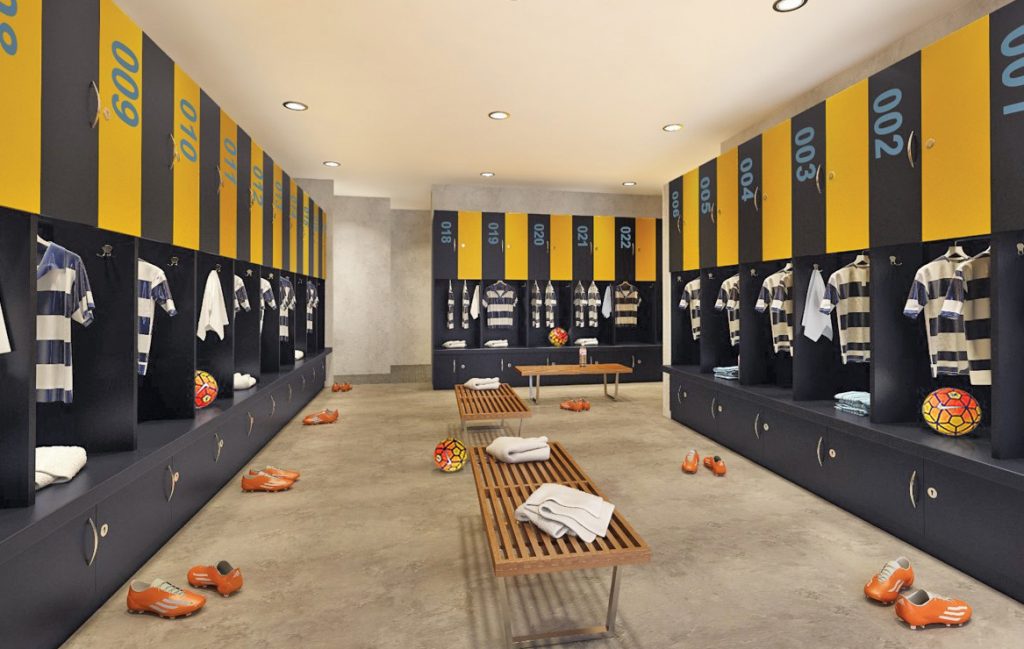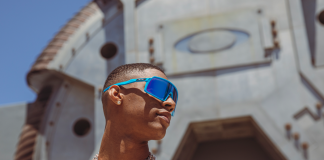PHASE ONE ADVANCEMENT
Bukit Jalil Stadium was built in 1998 for the Commonwealth Games. Having hosted the Asian Cup in 2007 and exhibition matches involving English sides such as Manchester United, Liverpool, Chelsea and Arsenal in the past, this stadium is not something new to local and international athletes. Officially, Bukit Jalil stadium can seat 87,411 people – the largest in Southeast Asia after the Gelora Bung Karno in Indonesia.
The National Stadium is the centre and most prominent sports venue in the country. If you say stadium, the first thing that comes to mind is exclusive for sports events only, regardless if it already hosted non-sports related events before. Still, in an ordinary day, the local community won’t give enough time to pay a visit at this place. For CEO Azman, this kind of mind-set needs to be changed, that’s how the whole concept came about, by overhauling the whole stadium and turning it into a sports city that people will utilize day and night.
“They say stadium are built for sports not for commercial but what if you build it for both sports and commercial purposes?” CEO Azman said while laughing. Gone are the days that stadiums are meant for athletes only. It will be a sporting ground for all.
MODERNISATION AT ITS BEST
After strategic planning, CEO Azman team decided to do the redevelopment in two phases. Phase One involves a facelift for the stadium and upgrading works to be carried out on Stadium National, Axiata Arena (formerly known as Stadium Putra), the National Aquatic Centre, National Hockey Stadium sports facilities. The refurbishing process targets to end its completion by July 2017 in time before the SEA Games in August.
“Considering that our country is the host for SEA Games 2017, we want to ensure that every sports facility in the stadium is race-ready. There was an instance before that the whole football team needed to relocate because our stadium did not fit to hold their match. We don’t want it to happen again”. CEO Azman added further.
Part of the renovation also involves the integration with public transportation links, expanding pedestrian lanes and car parks, as well as covered walkways from the stadium to LRT. They aim to offer more convenience to the public whatever the weather may be. Access gates and media areas are being redesigned and the stadium will install fiber optic cables to provide high-speed connectivity. Spectators will also enjoy pre-paid wi-fi services, so say goodbye to jam cellular lines and unstable internet connection.
The stadium is designed with the whole concept of combining the ideas and inspiration from the exceptional stadiums across the globe with a special consideration on what suits our own market and culture. Stadium’s façade and its black and yellow seats intend to give a patriotic semblance for the local athletes and public to recognize it as their own. “I don’t want our national players to feel foreign in their own country, I want them to feel the amount of support they deserve just by looking at the black and yellow themed that signifies the jerseys they wore.” CEO Azman said.
Phase One is basically intended for sports upgrade and refurbishment that we will soon witness in about four months’ time. The massive changes will commence right after the SEA Games, CEO Azman called it their Phase Two.
































































































